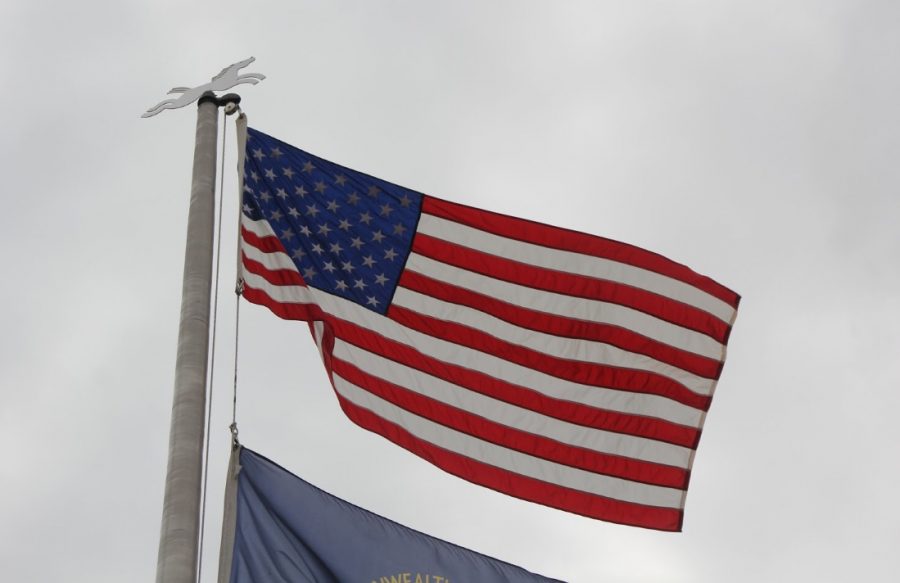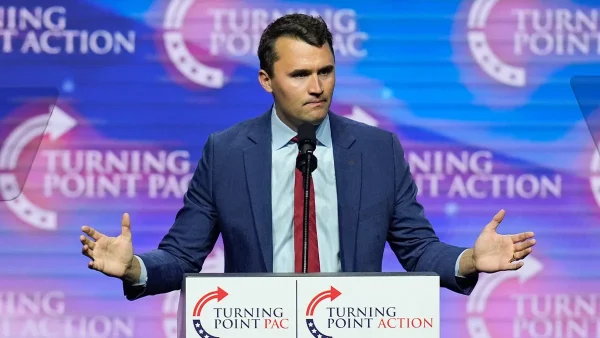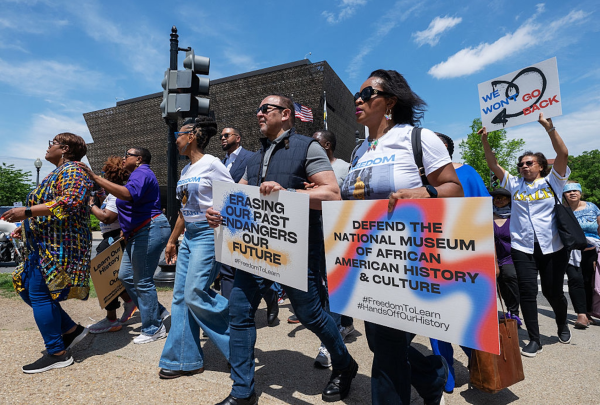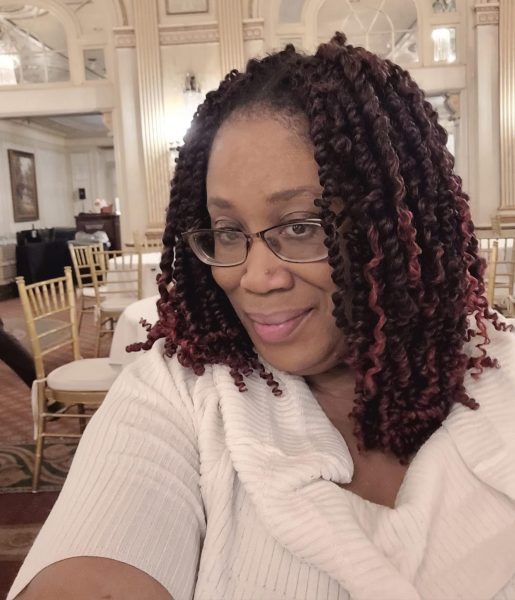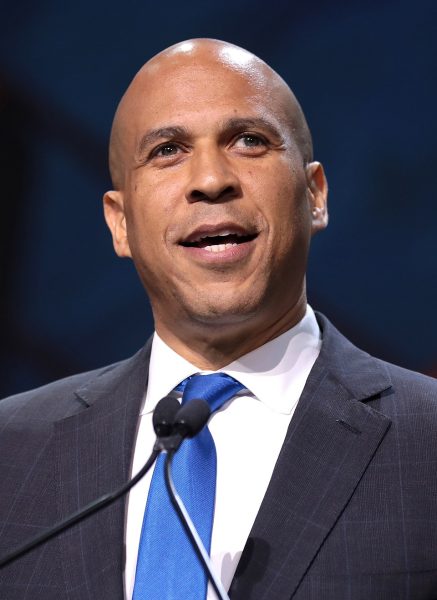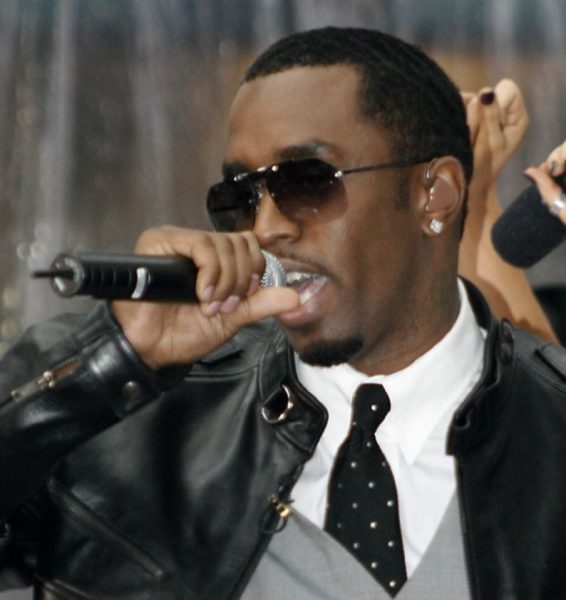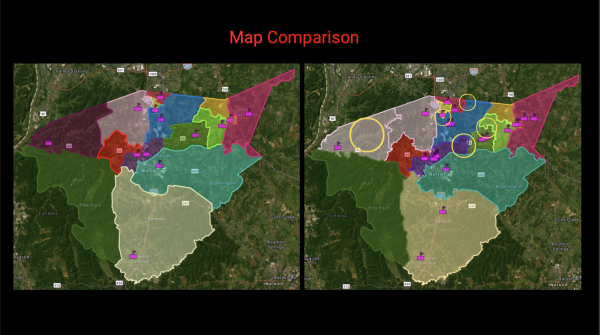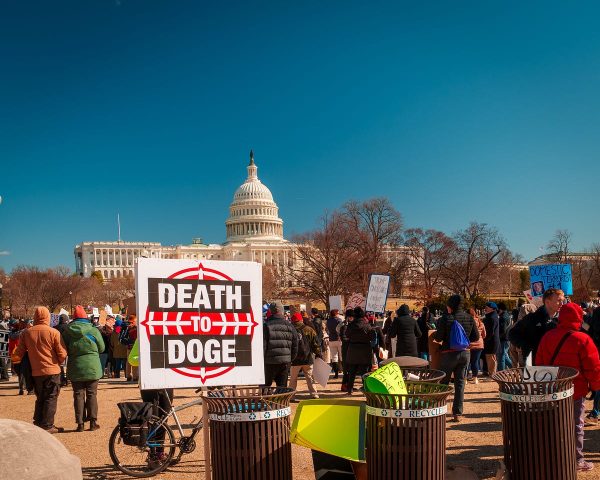Looking Back as a Nation
Some people continue to feel patriotic when Sep. 11 comes around. However, younger generations are not able to remember the wave of patriotism and nationalism that swept across America on this day in 2001. “I think that because of … students here who weren’t there, and who weren’t able to experience the enormous loss that the whole country felt, people start to get a little desensitized, ” said science teacher Amy Harrod.
The eleventh day of September is for remembering, but students can only imagine what it is like to remember.
The tragic events that happened on this day 17 years ago are still fresh in the minds of adults, but for students it is only something they have learned about and been taught to acknowledge when the time comes around.
Every passing year on historically remarkable days like the day President John F. Kennedy was assassinated and the day Pearl Harbor ensued, history classes may merely recognize these events but individually they do not receive school-wide attention and remembrance. However, the terrorist attacks that took place Sept. 11, 2001 are still specially acknowledged within school hours, although there are no school aged children alive that can remember the events first-hand. At what point in time will the informational videos and the moments of silence from schools fade away and keep this day’s legacy in the textbooks?
Emily Richmond, the public editor of the EWA (Educational Writers Association), published a brief article in 2012 about how Pearl Harbor is remembered within schools. She mentions how Pearl Harbor Day was treated back in the 1980s and how it is closely similar to how students of this century treat the recurrence of Sept. 11. with special events taking place inside of schools. The reason these two events have a significant role in schools with younger generations is because of the impact they had on older generations.
When Nov. 22 comes around, the nation as a whole will not grieve for the wrongful death of a past president, only the generations that were alive to live through that time. Younger generations are taught about this young and charismatic man in American History, but their knowledge of this event will go no further than that. One person cannot truly know what it was like to live during a certain point in time, not matter how much they are taught, unless they are able to experience it themselves. Given the low implication of this event to today’s youth, it is not acknowledged widely throughout the school system on the day it took place.
Controversially, many Americans can recall the terrorist attacks in 2001 and remember exactly what they were doing that day and the emotions they were overcome with. The generation that was able to experience this consists of mostly middle aged citizens in our society and given that these people are the one’s raising the next generation, they feel it is important to inform children of what they experienced and the effect it had on them, which therefore makes it applicable to today’s youth.
Since elementary school, students have always done something different on this day, whether that is just watching a video of the events taking place or an assignment to go home and ask their parents about what that day was like for them and write a letter from their perspective.
Junior Lauren Jones said, “I didn’t go to school down here so I know a lot of the kids that grew up, they did the same things. Back in elementary school, from what I can remember, we went in a little more depth for it and I think that’s what all elementary school kids do. I think it’s a way for teachers to kind of emphasize the impact it had and to teach them what it was at a young age. … As we get older I believe many of us become apathetic but it was a very real and detrimental thing and it changed many lives and the way our country ran as a whole, especially airport security.”
Social studies teacher Sarah Akridge said, “It’s still fresh in a lot of people’s minds like it’s something I talk about with my son a lot and I was personally impacted by seeing everything occur and we don’t have that with Pearl Harbor and other major historical events.” Akridge was a freshman at Western Kentucky University in the fall of 2001 and recalls waking up to seeing the breaking news.
Having the ability to access videos and pictures of New York on this day also makes it stand out when compared to other well-known tragic events in which these resources are not available for. Being able to visually see the attacks take place makes the event seem more real than events that are read about in history class. “In my American history classes today, I had a group of girls and they were talking about what it had to be like for the people who lived through it and people who got their last phone calls their loved one and it hit them, that you never know when the last time is going to be when you’re going to talk to someone, so I think they left with a little bit more appreciation because of that,” said Akridge.
Agriculture teacher Megan Terry is new to the school and teaching, making this her first year doing both. When these terrorist attacks took place, Terry was only in Kindergarten. Terry said, “I do think it is important that we remember it out of respect for the people that lost their lives, the people that lost their lives saving other people, and I do think that it’s part of just having patriotism. … I do think it’s important as an American to have that pride, and to have enough pride to respect things that have happened to us.”
The school day initiated today with a moment of silence following a few words from Principal Chris Mason. There was also an informational video sent out to teachers to show during first period. Senior Matt Brown said, “Every single time I watch that video or have a moment of silence it not only makes me think of the ones who lost their lives but also makes me think about what I’m going to do with mine. So it’s very beneficial to those who weren’t alive, or even if you were really young when that happened, to think about patriotism in a sense of a nationality, and not only for just the United States but for any country that stands against terrorism.”
Science teacher Amy Harrod said, “I think that because of people like yourself, and most of the students here who weren’t there and who weren’t able to experience the enormous loss that the whole country felt, people start to get a little desensitized, so it [the video] is a constant reminder of how important it was. I mean, it was the biggest terroristic violent threat that’s happened on U.S. soil ever so it was absolutely horrific and if you weren’t there it’s really hard to understand what everybody was going through because that’s all you could think about for weeks, it’s all that was on TV.” Harrod was in college and getting ready for her first class of the day when she received the news of the events happening in New York, and ultimately around the entire country.
Although high school students today were not alive, or they were but they weren’t old enough to remember the events in 2001, the stories of how the four hijacked planes affected America will be something that will always resonate in their minds. Aside from the tragedy that took place, these terrorist attacks are a part of America’s identity.
These hateful actions of terrorists will not be shuttered into the past with other historical events anytime soon. As long as there are humans around to tell the story, the younger generations will be able to feel the impact of these events even though they could not have experienced it themselves.

